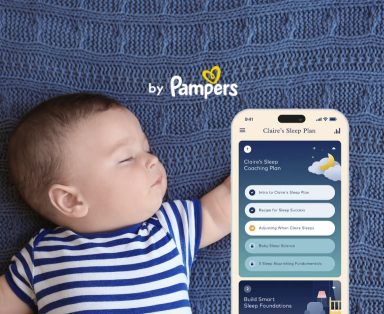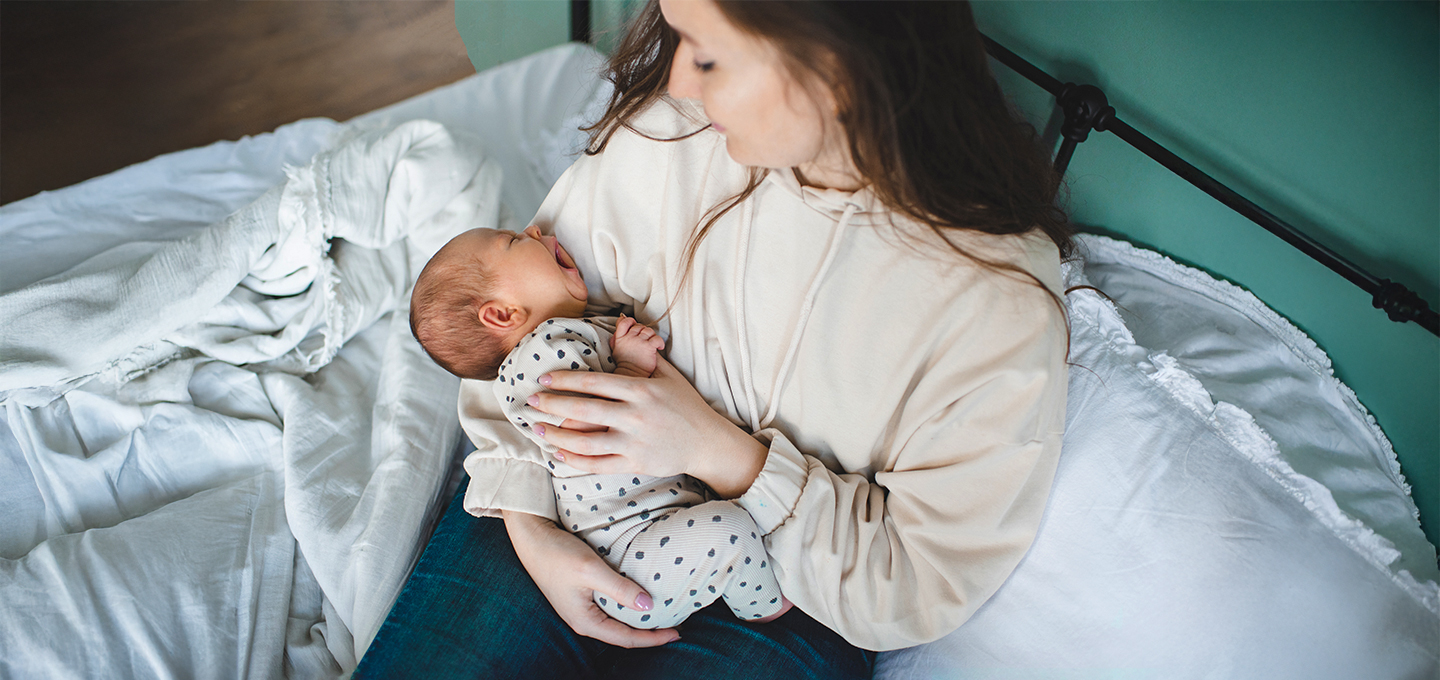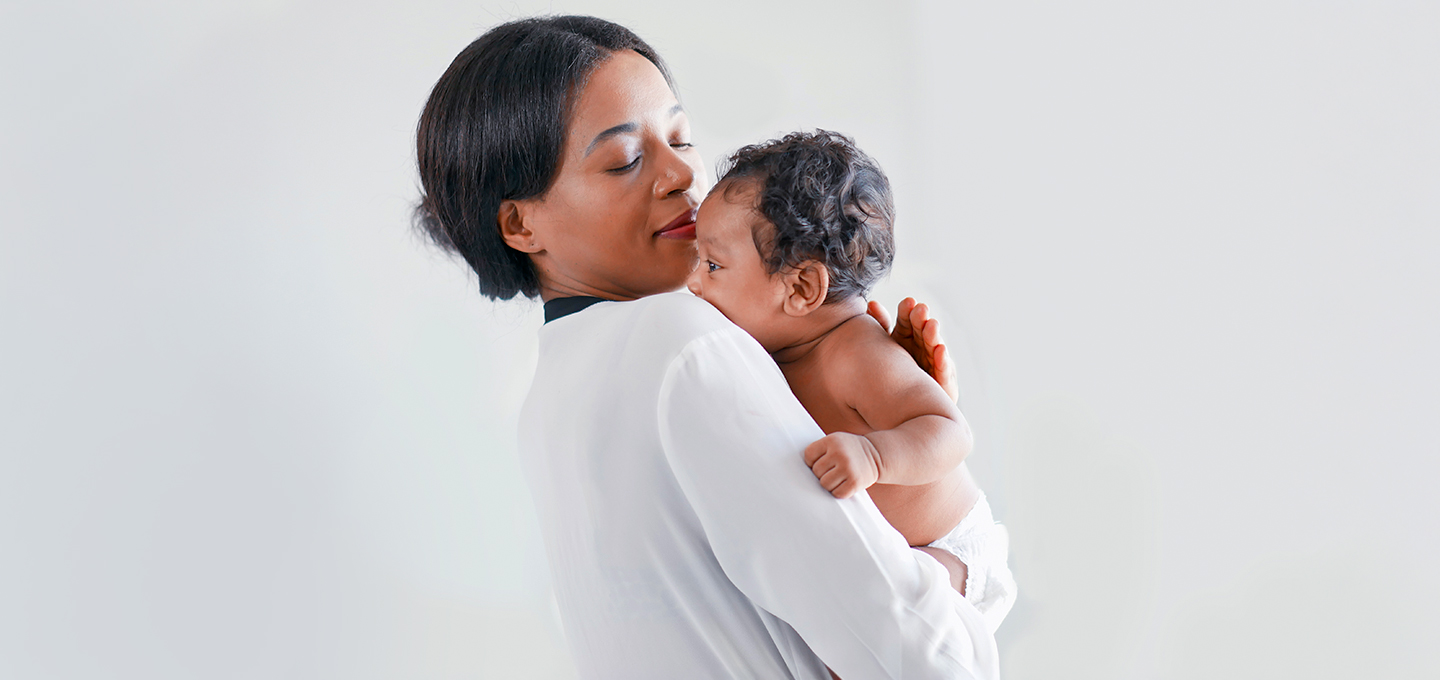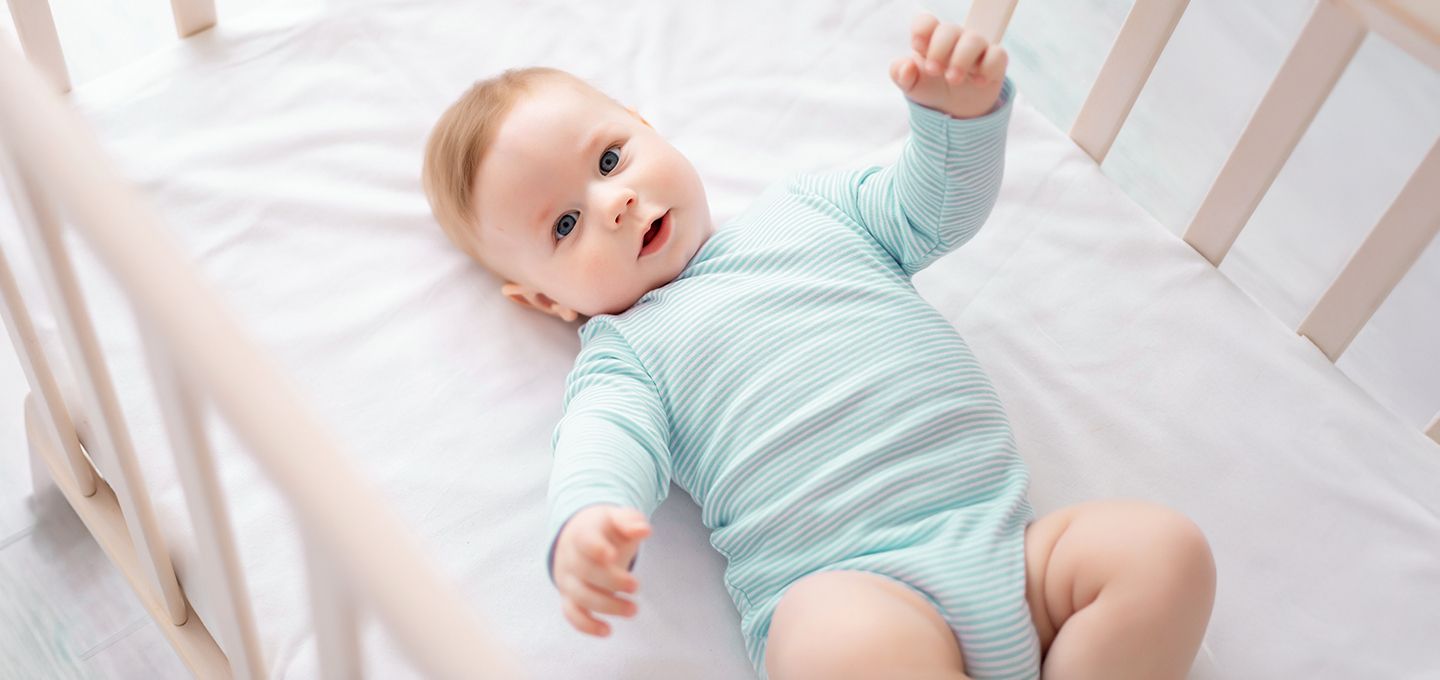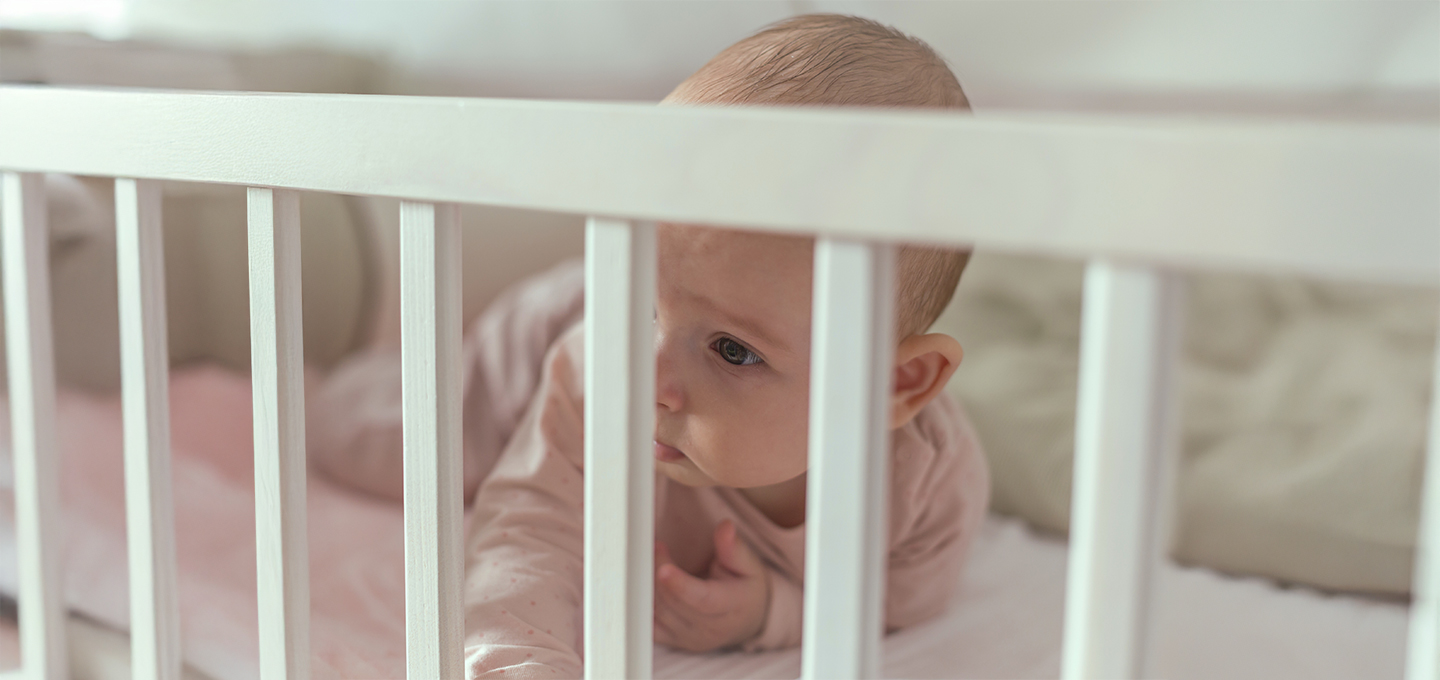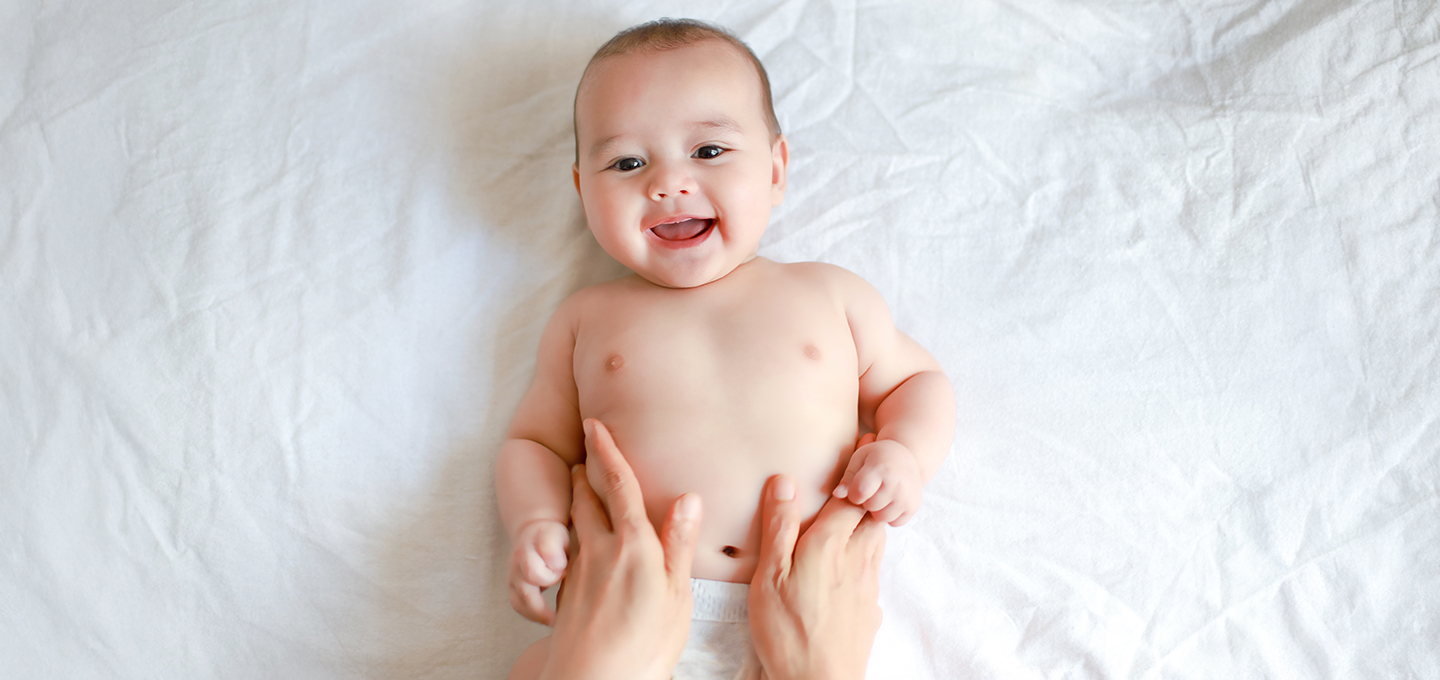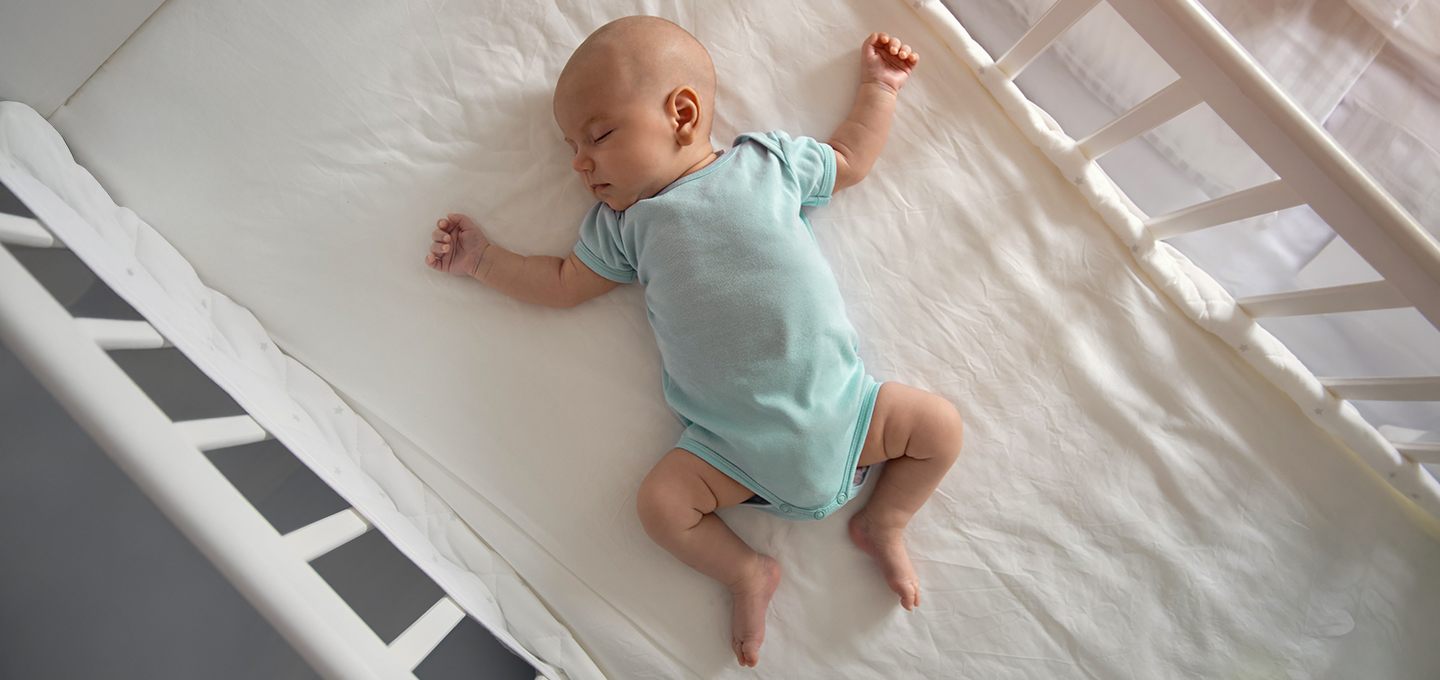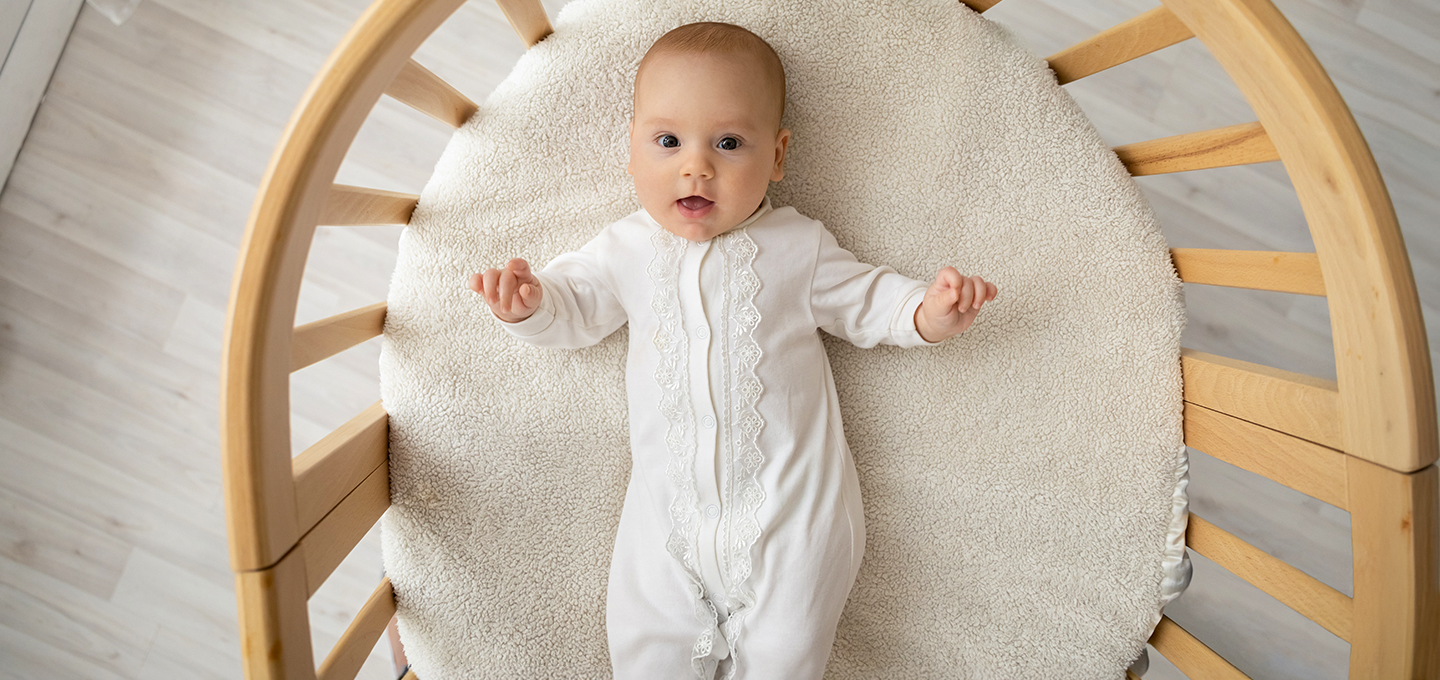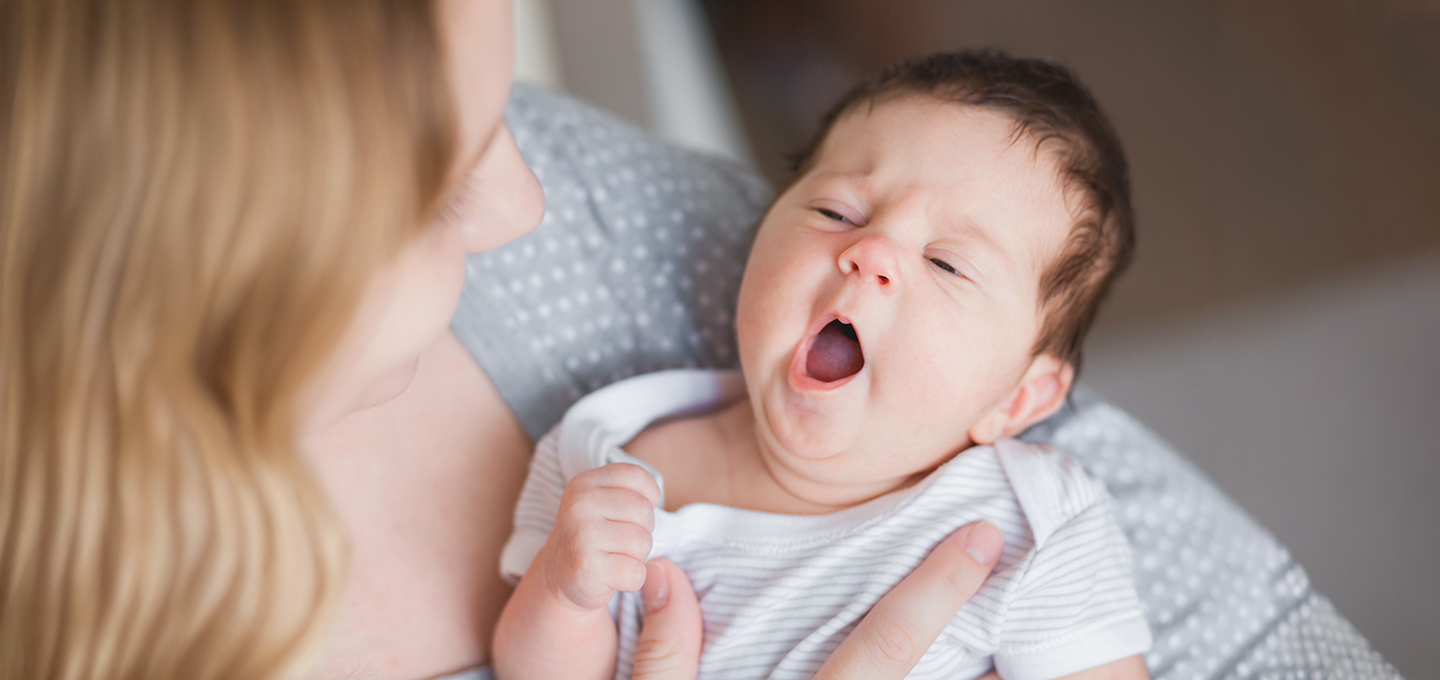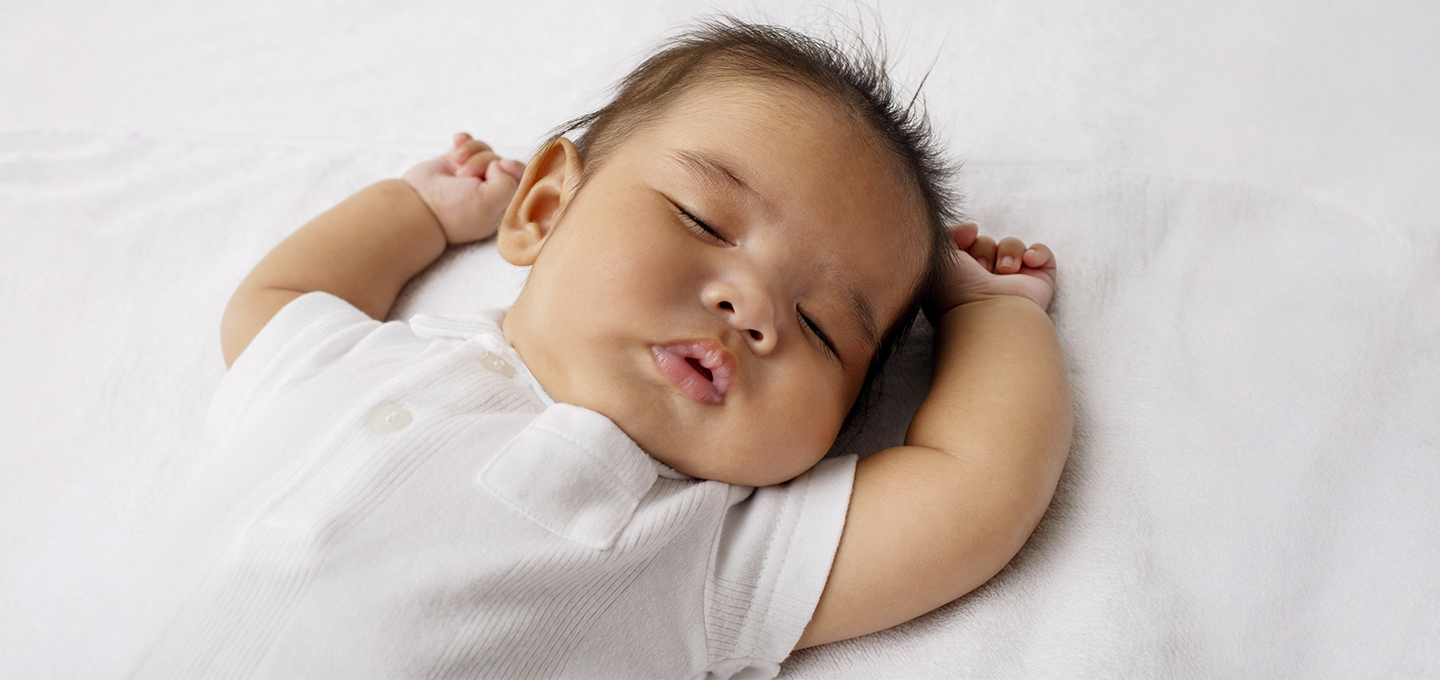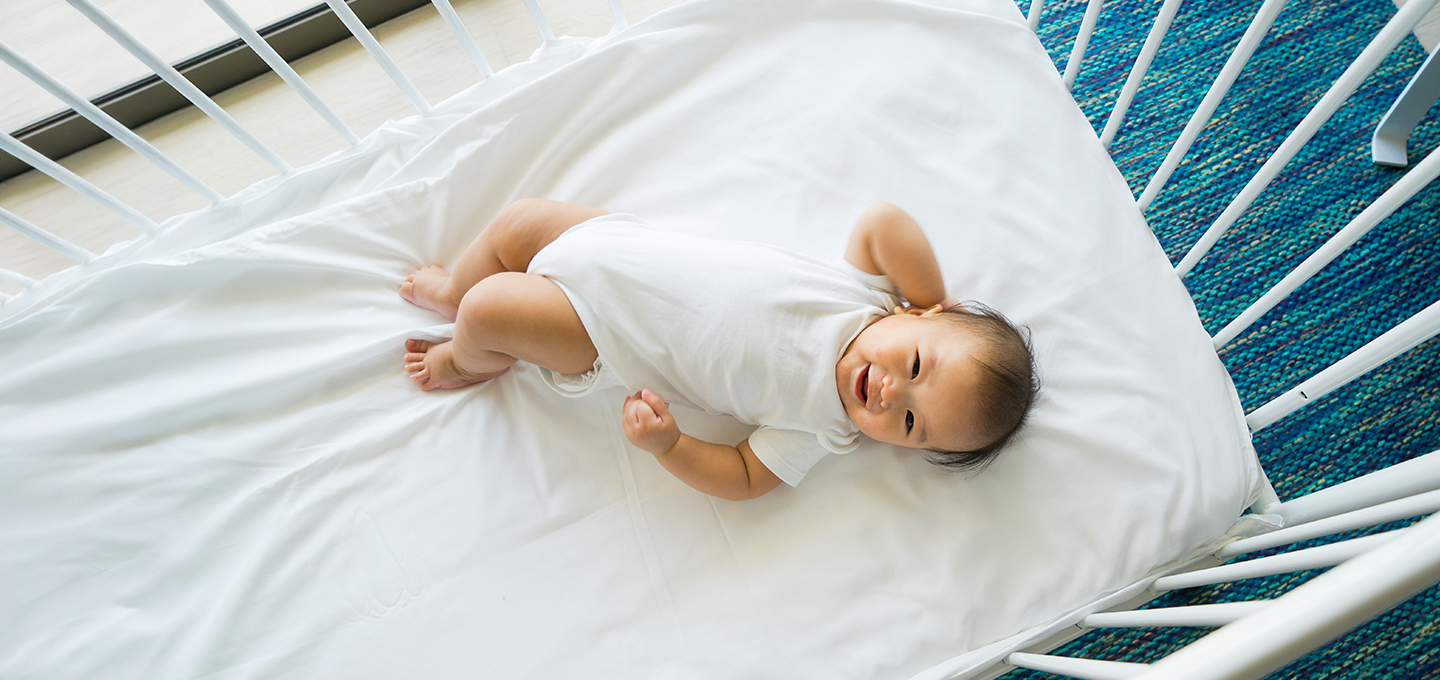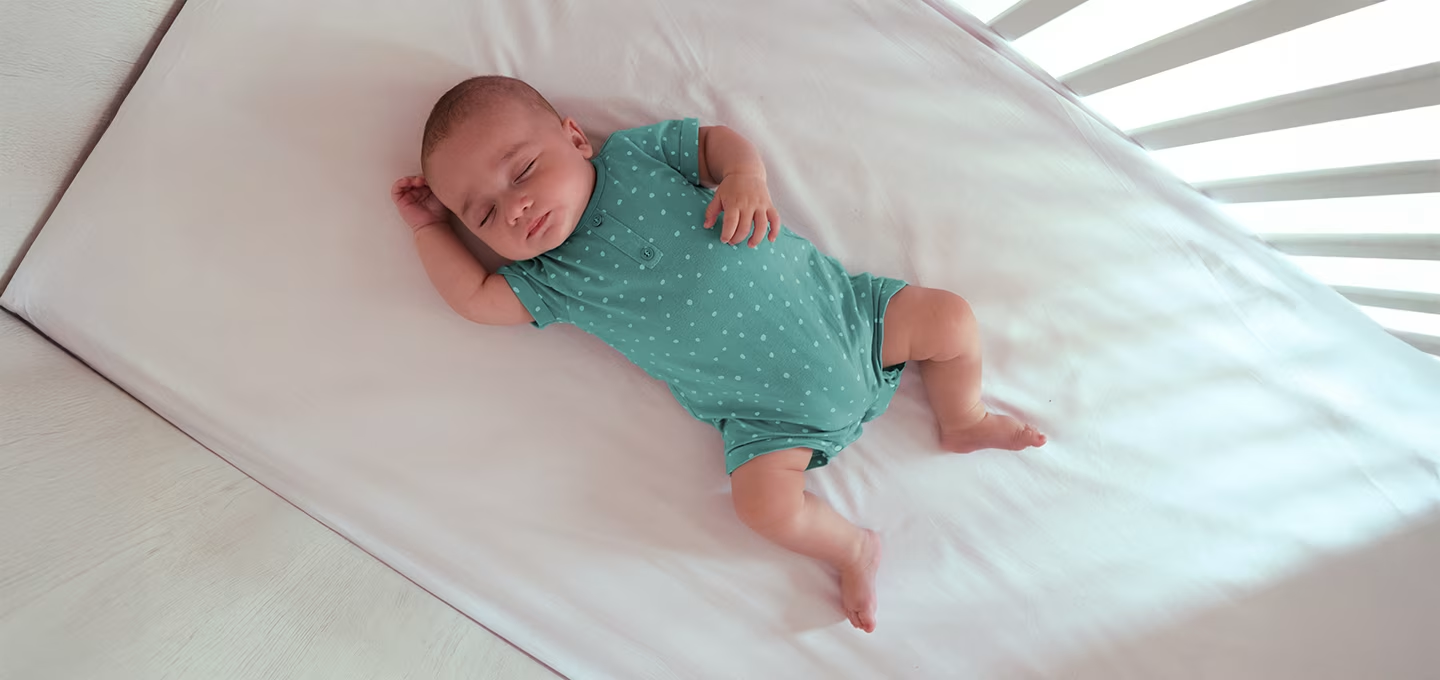
How to Get Your Baby to Sleep in a Crib


IN THIS ARTICLE
Wondering how to get your baby to sleep in a crib? You’re not alone. Getting a baby to sleep in a crib can be a common sleep struggle for new parents. Whether your newborn won’t sleep in a crib, prefers being held, or only naps in a stroller, this guide offers real-life solutions that work.
Here’s a quick summary of what you’ll find:
✔️ Can a newborn sleep in a crib? Yes—cribs are safe for newborns from day one.
✔️ When should you start using a crib for sleep? Many families start from birth; others begin after a few weeks.
✔️ Why won’t your baby sleep in the crib? Separation anxiety, sleep associations, or overstimulation may be factors.
✔️ How to get baby to sleep in crib: Use consistent routines, white noise, and put baby down drowsy but awake.
✔️ Crib training tips: Start with naps, keep the sleep space simple, and be patient—it takes time.
✔️ Safe sleep is key: Back-sleeping and using a crib with nothing else in it (blankets, pillows, stuffed animals, bumpers) reduce the risk of sudden infant death syndrome (SIDS).
This guide breaks down how to get your newborn to sleep in a crib with practical, expert-backed advice, so both you and your little one can rest a little easier.
Can Newborns Sleep in a Crib?
If you're preparing for your little one’s arrival, one of the first questions you might have is, “Can a newborn sleep in a crib?” The short answer is yes—a crib is a safe sleep environment for a newborn baby from day one, provided it meets current safety standards.
Many parents also wonder, “Do newborns sleep in cribs regularly, or is a bassinet a better option?” Both are considered safe, so it’s often a matter of what fits your space and lifestyle. Cribs may be less portable than bassinets, but they offer long-term use and can help establish a consistent sleep environment from the start.
Do you need extra support with crib sleep or bedtime routines? Download the Smart Sleep Coach app for personalized guidance, expert tips, and tools to help your little one sleep better—from naps to nighttime.
How to Get a Newborn to Sleep in a Crib?
Learning how to get a newborn to sleep in a crib can take time and patience, especially in those early weeks when your baby is adjusting to life outside the womb. Some babies take to the crib right away, while others need a little more support to feel safe and comfortable in a new sleep space.
If you’re figuring out how to get an infant to sleep in a crib, keep in mind that consistency matters. A soothing bedtime routine, a firm mattress, and a quiet, dimly lit room can all make the transition smoother. Avoid placing any loose bedding, pillows, or toys in the crib, and always place your baby on their back to sleep for safety.
When to Start Using a Crib
Your baby’s crib is a key piece of nursery gear, but when should a newborn start sleeping in a crib? Many parents begin using a crib from the very first night after being discharged from the hospital. Others start with a bassinet in their bedroom, especially during the early weeks, because it's smaller and easier to access for nighttime feedings. Getting your baby to sleep in a bassinet follows similar principles to getting your newborn to sleep in a crib, so it’s fine to start wherever you feel most comfortable.
So, when should a newborn be put in a crib? There’s no single rule—your little one can sleep in a crib from day one if it meets current safety standards and includes only a firm mattress with a fitted sheet.
Whether you begin right away or make the transition over time, it’s all about what works best for your family—safely and consistently.
When to Stop Using a Crib
Along with asking when to start using a crib, many parents also wonder when to transition from a crib to a toddler bed. There is no exact age, as babies grow at different rates, but there are a few key signs to help guide the decision.
Before your child can climb out—even with the mattress at its lowest level—it’s best to transition to a toddler bed. Many modern cribs convert into toddler or full-size beds, making the change a little easier for both you and your little one.
Possible Reasons Why a Baby Won’t Sleep in Their Crib
If your baby won’t sleep in a crib, you're not alone—and there’s often more than one reason behind it. Crib sleep can feel very different from being held, rocked, or cuddled. Here are some of the most common reasons babies may resist sleeping in their crib:
If your baby refuses to sleep in a crib, know that brief crying before falling asleep is a normal part of the sleep cycle. Most babies settle within a few minutes. Gentle, responsive sleep training methods may help over time, encouraging your baby to feel more secure falling asleep on their own, with your support every step of the way.
If your baby seems unusually upset or the crying feels excessive, check with your baby’s healthcare provider to rule out any possible medical issues.
Helping a Baby Sleep in Their Crib
Getting a newborn to sleep in a crib may take time, but a few minor adjustments can make a big difference. One of the most effective tips is to focus on timing—place your baby in the crib when they’re drowsy but still awake. This helps them connect the crib with the process of falling asleep, not just where they wake up.
Sometimes, your baby won’t sleep in a crib (or anywhere) because they need something. Check whether your little one needs a feeding or a diaper change, or if they may be feeling unwell.
Here are some tips on how to put a baby to sleep:
If you're wondering how to train your baby to sleep in a crib, be aware that the process requires consistency and time. Start with one crib sleep a day, like a nap, and build from there. Over time, your little one will learn that the crib is a safe and familiar place to rest.
Crib Safety Tips and Advice
Now that you know how to get your baby to sleep in a crib—and when to start and stop using one—it’s important to keep safety top of mind. A crib (or bassinet in the early weeks) is a safe sleep space, but only if set up properly.
Here are some essential crib safety and safe sleep practice tips:
Safe sleep isn't just about the crib—it's about keeping sleep simple, flat, and supervised. Following these basics can help protect your little one while supporting healthier rest.
FAQS AT A GLANCE
Establish a calming bedtime routine and put your baby in the crib while drowsy but still awake. Over time, this helps them associate the crib with falling asleep—an important part of crib training and developing healthy sleep habits.
The Bottom Line
Helping your baby sleep in a crib doesn’t happen overnight—but with gentle routines, swaddling for comfort, and room-sharing during the early weeks, you can create a safe and soothing sleep space your baby learns to love. Over time, the crib becomes a place of rest, not resistance.
Always follow safe sleep guidelines: place your baby on their back, use a firm mattress with a fitted sheet, and keep the crib free of pillows, blankets, and other soft items. These simple steps support healthy sleep and peace of mind.
As you care for your baby, let Pampers care for you. Download the free Pampers Rewards App to get access to digital offers and savings just for purchasing products you already rely on every day.
- Healthy Children. "A Parent’s Guide to Safe Sleep."
- Healthy Children. "Getting Your Baby to Sleep."
- Healthy Children. "Separation Anxiety and Sleeping."
- Healthy Children. "Suitable Sleeping Sites."
- KidsHealth. "Crib Safety."
- KidsHealth. "Newborn Sleep."
- Zero to Three. "Help Babies Learn to Fall Asleep on Their Own: What Research Says."


